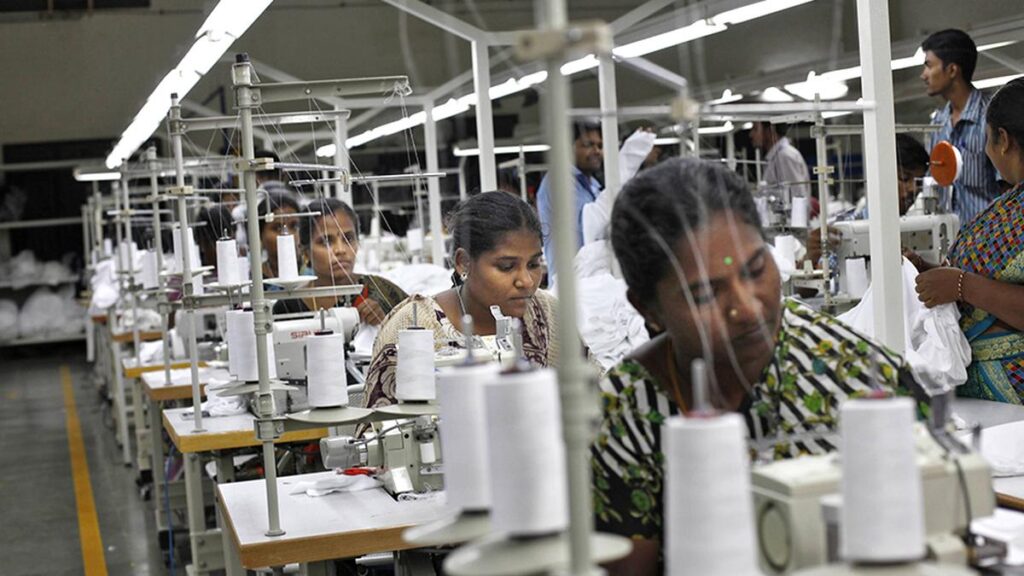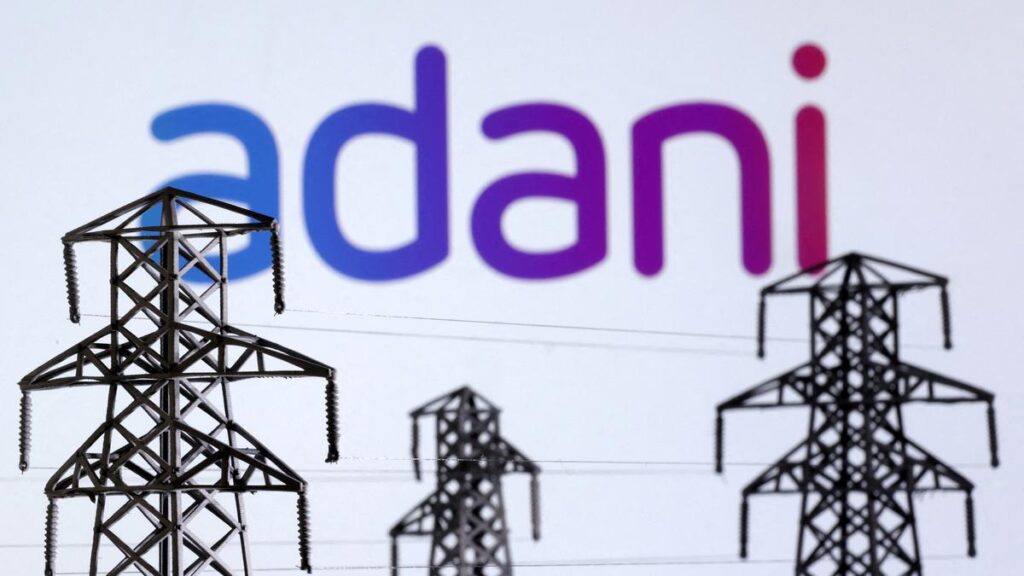Why do only a few public sector companies carry statuses like Maharatna, Navratna or Miniratna? Are these titles awarded only to central public sector enterprises? Who grants these titles, and why? What happens when a company is recognised as a Maharatna, a Miniratna, or a Navratna?
This article is aimed at answering all your queries related to titles Maharatna, Navratna, Miniratna 1, and Miniratna 2 (yes, Miniratna companies are classified into two sub-categories).
Maharatna, Navratna, Miniratna | Can any company be awarded one of these titles?
No, only central public sector enterprises are awarded these titles based on a number of factors, such as financial performance and operational efficiency.
But what are CPSEs? These are companies that fall directly under the administrative control of the Centre, meaning the central government.
In other words, all other types of companies operating in India, including state-level public sector enterprises, non-government organisations, or private sector companies are not eligible for one of these titles.
What happens when a CPSE secures one of these titles?
A central public sector enterprise winning one of these coveted titles enjoys higher autonomy, particularly in financial and operational terms. With one of these statuses in place, these companies make bigger investments and strategic decisions without seeking prior government approvals.
Can only a listed company be granted one of these titles?
Only in the case of Maharatna, a CPSE is required to be listed with a certain minimum prescribed public shareholding under SEBI-defined rules. This is a mandatory requirement for the Maharatna category.
However, a CPSE does not necessarily have to be listed in order to win one of the Navratna, Miniratna 1, or Miniratna 2 statuses.
Yet, most Navratna and Miniratna companies belong to the listed space, as of July 2025.
Now, let’s move on to what helps a CPSE qualify to be awarded a Maharatna, a Navratna, or a Miniratna status?
First things first, have you guessed already that these titles are hierarchical in nature?
If not, in order of importance, Maharatna tops the list (most important), followed by Navratna, followed by Miniratna 1, and then finally Miniratna 2.
Let’s start decoding these statuses and their qualifying requirements from the bottom.
Miniratna 2
In order to qualify to be a Miniratna 2 company, a CPSE must be profitable for three back-to-back years and having a positive net worth.
Miniratna 1
To be considered for this status, a CPSE must have made profits for three back-to-back years with a net pre-tax profit of Rs 30 crore and above in at least one of those three years, with a positive net worth.
Navratna
The first and foremost requirement for a CPSE to qualify for Navratna status is that it should first be a Miniratna 1 company and a Schedule ‘A’ CPSE–a special categorisation by the Department of Public Enterprises based on parameters like size, turnover and strategic importance. What this means essentially is that CPSEs already holding the Miniratna 1 status, along with the Schedule A title, graduate to Navratna. In other words, a CPSE cannot earn the Navratna title directly without first reaching the Miniratna 1 status.
A Miniratna 1 company should have earned a minimum score of 60/100 in six main aspects:
- Net profit to net worth (maximum weight 25)
- Manpower cost to total production/services cost (15)
- PBDIT to capital employed (15)
- PBIT to turnover (15)
- Earnings per share (10)
- Inter-sectoral performance (20)
The CPSE must have achieved ‘excellent’ or ‘very’ good Memorandum of Understanding ratings in at least three of the last five years. Besides, it should have at least four independent directors on its board to qualify for this prestigious title.
Maharatna
A CPSE must already hold a Navratna status to graduate to the Maharatna status and must be listed on Dalal Street meeting the minimum required public shareholding norms as per SEBI norms.
Now, let’s look at some of the financial requirements:
Over three years, it must have:
- An average annual turnover of at least Rs 25,000 crore
- An average annual net worth of at least Rs 15,000 crore
- An average annual net profit after tax of at least Rs 5,000 crore
Besides, the CPSE must have a significant global presence or international operations to qualify for this title.
What are the investment limits allowed to these CPSEs without prior government approval?
All Maharatna, Navratna, Miniratna 1 and Miniratna 2 CPSEs enjoy certain investment limits autonomously–or without having to secure prior government approval.
For Maharatnas, this threshold is at Rs 5,000 crore or 15 per cent of net worth, whichever is lower, for a single project.
For Navratna CPSEs, this threshold is at Rs 1,000 crore or 15 per cent of net worth, whichever is lower, per project.
For Miniratna 1 and Miniratna 2 companies, these ceilings are set at Rs 500 crore or net worth, and Rs 300 crore or 50 per cent of net worth, respectively. In both cases, the lower of investment or the prescribed portion of net worth applies.
There are also certain other privileges allowed to Maharatna and Miniratna CPSEs. A Maharatna CPSE can have up to 30 per cent of its net worth as its overall investment limit, including global ventures.
A Navratna CPSE can also have up to 30 per cent of its net worth as its overall investment but up to Rs 1,000 crore.
Who awards these titles? Who decides whether a CPSE can be a Miniratna 1, a Miniratna 2, a Navratna or a Maharatna?
The titles are awarded by the Department of Public Enterprises (DPE), under the Ministry of Finance, Government of India.
Let’s take a look at all companies that hold these titles. As of July 2025, there are 14 Maharatnas, 26 Navratnas, 49 Miniratna 1s, and 10 Miniratna 2s.
Here’s the official list, according to the DPE website:
Maharatna
- Bharat Heavy Electricals
- Bharat Petroleum Corporation
- Coal India
- GAIL India
- Hindustan Petroleum Corporation
- Indian Oil Corporation
- NTPC
- Oil & Natural Gas Corporation
- Power Finance Corporation
- Power Grid Corporation of India
- Steel Authority of India
- Rural Electrification Corporation
- Oil India
- Hindustan Aeronautics
Navratna
- Bharat Electronics
- Container Corporation of India
- Engineers India
- Mahanagar Telephone Nigam
- National Aluminium Company
- National Buildings Construction Corporation
- Neyveli Lignite Corporation
- NMDC
- Rashtriya Ispat Nigam
- Shipping Corporation of India
- Rail Vikas Nigam
- ONGC Videsh
- Rashtriya Chemicals & Fertilizers
- IRCON
- RITES
- National Fertilizers
- Central Warehousing Corporation
- Housing & Urban Development Corporation
- Indian Renewable Energy Development Agency
- Mazagon Dock Shipbuilders
- Railtel Corporation of India
- Solar Energy Corporation of India (SECI)
- NHPC
- SJVN
- Indian Railway Catering & Tourism Corporation
- Indian Railway Finance Corporation
Miniratna 1
- Airports Authority of India
- Antrix Corporation
- Balmer Lawrie & Co.
- Bharat Coking Coal
- Bharat Dynamics
- BEML
- Bharat Sanchar Nigam
- Braithwaite & Company
- Bridge & Roof Company (India)
- Central Coalfields
- Central Electronics
- Central Mine Planning & Design Institute
- Chennai Petroleum Corporation
- Cochin Shipyard
- Cotton Corporation of India
- EDCIL (India)
- Garden Reach Shipbuilders & Engineers
- Grid Controller of India (GRID-INDIA)
- Goa Shipyard
- Hindustan Copper
- Hindustan Steelworks Construction
- Hindustan Organic Chemicals
- HLL Lifecare
- HSCC (India)
- India Tourism Development Corporation
- Indian Rare Earths
- India Trade Promotion Organization
- KIOCL
- Mahanadi Coalfields
- MOIL
- Mangalore Refinery & Petrochemical
- Mineral Exploration Corporation
- Mishra Dhatu Nigam
- MMTC
- MSTC
- National Projects Construction Corporation
- National Small Industries Corporation
- National Seeds Corporation
- Northern Coalfields
- North Eastern Electric Power Corporation
- Numaligarh Refinery
- Pawan Hans Helicopters
- Projects & Development India
- Security Printing and Minting Corporation of India
- South Eastern Coalfields
- Telecommunications Consultants India
- THDC India
- Western Coalfields
- WAPCOS
Miniratna 2
- Artificial Limbs Manufacturing Corporation of India
- Broadcast Engineering Consultants India
- Engineering Projects (India)
- FCI Aravali Gypsum & Minerals India
- Ferro Scrap Nigam
- HMT (International)
- Indian Medicines & Pharmaceuticals Corporation Limited
- MECON
- National Film Development Corporation
- Rajasthan Electronics & Instruments





